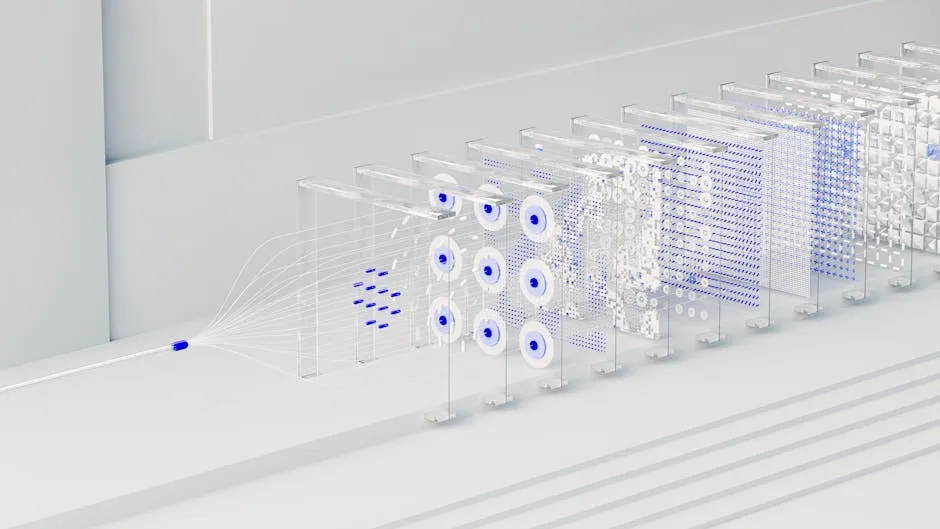Understanding the Reinforcement Gap: Why Some AI Skills Are Advancing Faster Than Others
In the rapidly evolving landscape of artificial intelligence, a noticeable disparity has emerged among the various skills and tasks that AI can perform. Some AI applications, particularly those utilizing reinforcement learning, are advancing at an astonishing rate, while others seem to lag behind. This phenomenon, often referred to as the “reinforcement gap,” raises important questions about the future of AI and its implications for industries that rely on this technology.
What is Reinforcement Learning?
Before diving deeper into the reinforcement gap, it’s essential to grasp what reinforcement learning (RL) entails. In simple terms, RL is a type of machine learning where an AI agent learns to make decisions by receiving feedback from its environment. The agent takes actions, receives rewards or penalties, and adjusts its behavior accordingly to maximize its cumulative reward over time. This trial-and-error approach allows for significant improvements in performance, especially in dynamic settings.
The Acceleration of AI Skills
Tasks that are well-suited for reinforcement learning, such as playing complex games, managing robotic systems, or optimizing logistics, are experiencing rapid advancements. These skills benefit from the inherent nature of RL, where the AI continuously learns and refines its strategies based on real-time feedback. For instance, AI systems like AlphaGo and OpenAI’s Dota 2-playing bots have demonstrated remarkable capabilities, outperforming human players by leveraging reinforcement learning techniques.
The Impact on the AI Landscape
While the progress in reinforcement learning is impressive, it also creates a stark contrast with other AI domains that rely on supervised or unsupervised learning methods. Areas such as natural language processing, visual recognition, and sentiment analysis are developing at a slower pace in comparison. This disparity, referred to as the reinforcement gap, can lead to significant implications for industries that depend on AI technologies.
- Competitive Disadvantages: Companies that invest heavily in reinforcement learning applications may gain a competitive edge, leaving those focused on traditional AI methods struggling to keep up.
- Resource Allocation: As advancements in RL continue to flourish, organizations may need to reassess their resource allocation and training strategies to ensure they are not left behind.
- Job Market Implications: The skill sets required in the AI job market may shift significantly, prioritizing expertise in reinforcement learning over other areas.
Bridging the Gap
To address the reinforcement gap, it’s crucial for researchers and practitioners to explore ways to enhance the performance of AI skills that are lagging. This could involve developing hybrid models that combine reinforcement learning with other machine learning techniques or investing in research that focuses on optimizing the training processes for these underperforming tasks.
Conclusion
The reinforcement gap presents a fascinating yet challenging aspect of the AI landscape. As certain skills continue to improve rapidly thanks to reinforcement learning, it is vital for stakeholders in the AI community to understand the implications and adapt accordingly. By fostering collaboration across different AI domains and investing in diverse skill sets, we can work towards a more balanced and inclusive future for artificial intelligence.
